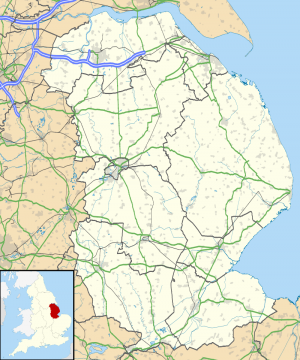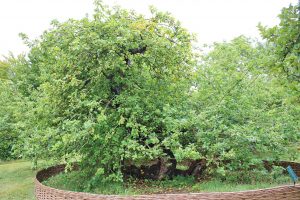Known throughout the world as the house where Isaac Newton was born and raised, Woolsthorpe Manor is located in Woolsthorpe-by-Colsterworth, in Lincolnshire, England. It may be popularly known as a manor, but it is a farmer’s house, designed for keeping and raising sheep.
Woolsthorpe was built sometime around 1623, but it has preserved its original doors and fireplaces, including samples of graffiti on the walls. It has kept its former residents’ belongings in good condition — a cupboard made of oak and brass, and an iron chest with a stern design.
When the Great Plague of London claimed thousands of lives in the years 1665 and 1666, Newton’s school, Cambridge University, closed. Newton sought the safety of his old home and stayed there until the plague faded away. During this time, Woolsthorpe fostered Newton as he conducted his experiments in optics. His bedroom, in particular, bore witness as the scientist used prisms to study the behavior of light and color.
Woolsthorpe’s orchard also testifies to a famous incident in the history of science. This is the spot where, in 1666, Newton saw an apple fall from a tree, and it is where he received a flash of insight into the law of universal gravitation. The apple tree still stands in the same place, despite being struck by lightning in 1816. It has stood as Woolsthorpe Manor’s friend for over 350 years.
Today, Woolsthorpe Manor is one of several hundred houses on the edge of a small village. It has been under the care of the National Trust and is visited by the public all year round. There is a Science Center where tourists can see how Newton’s theories are applied in everyday life. They even have workshops to have a more hands-on experience of the life and legacy of Isaac Newton.


